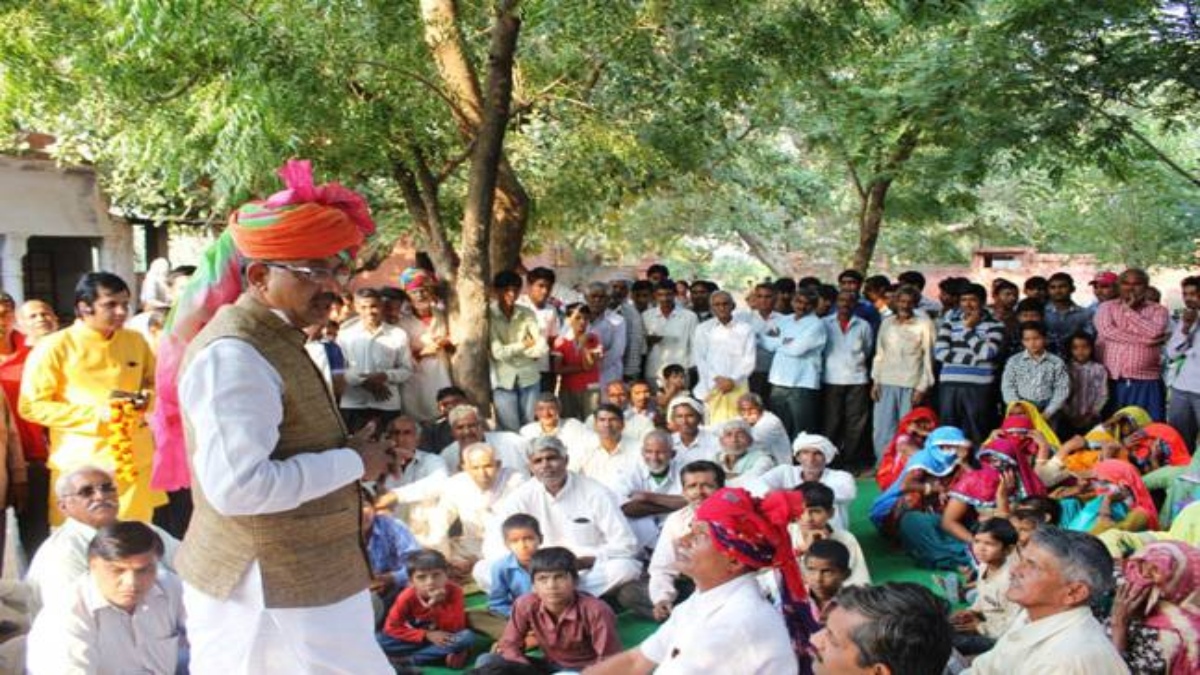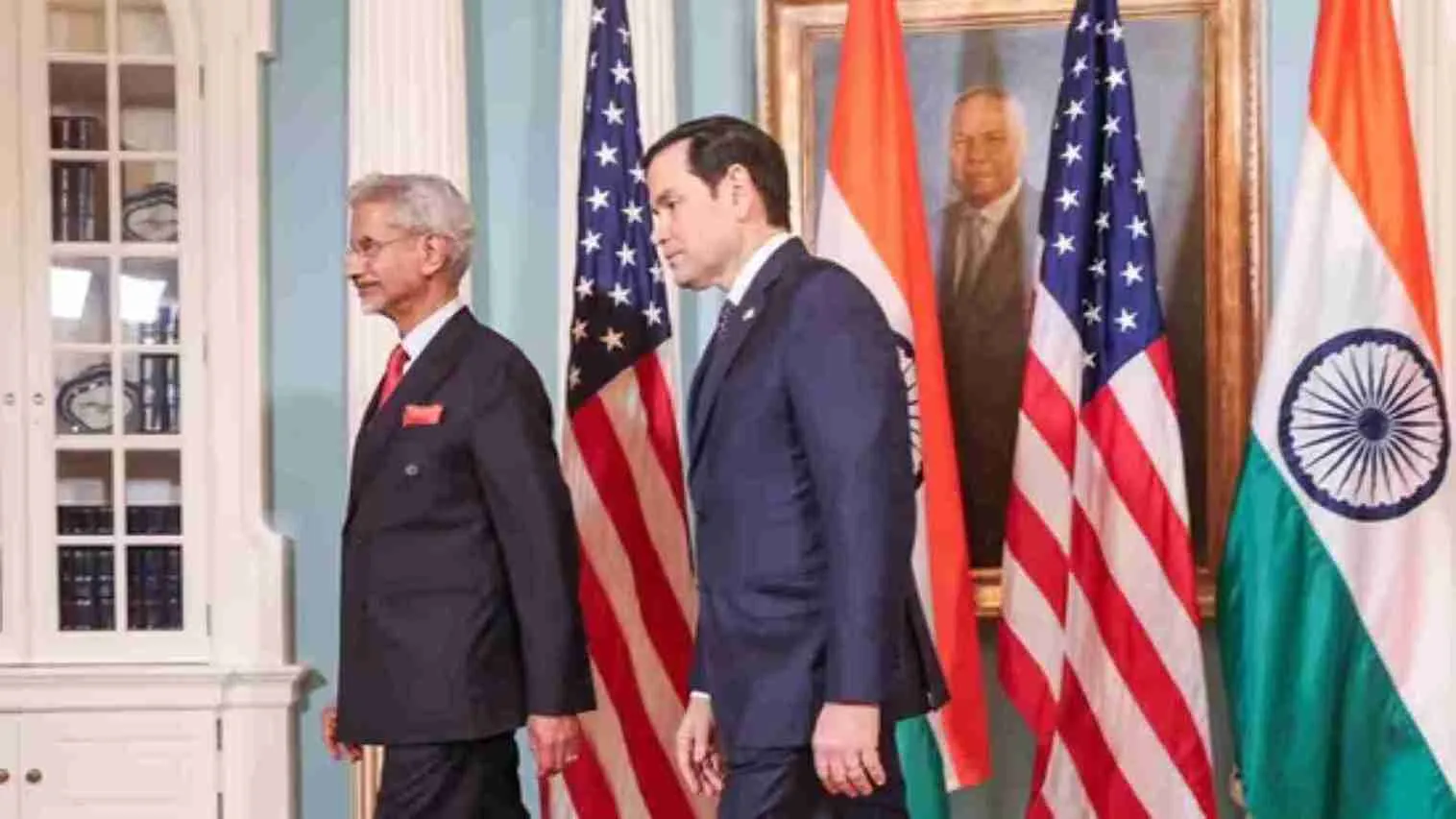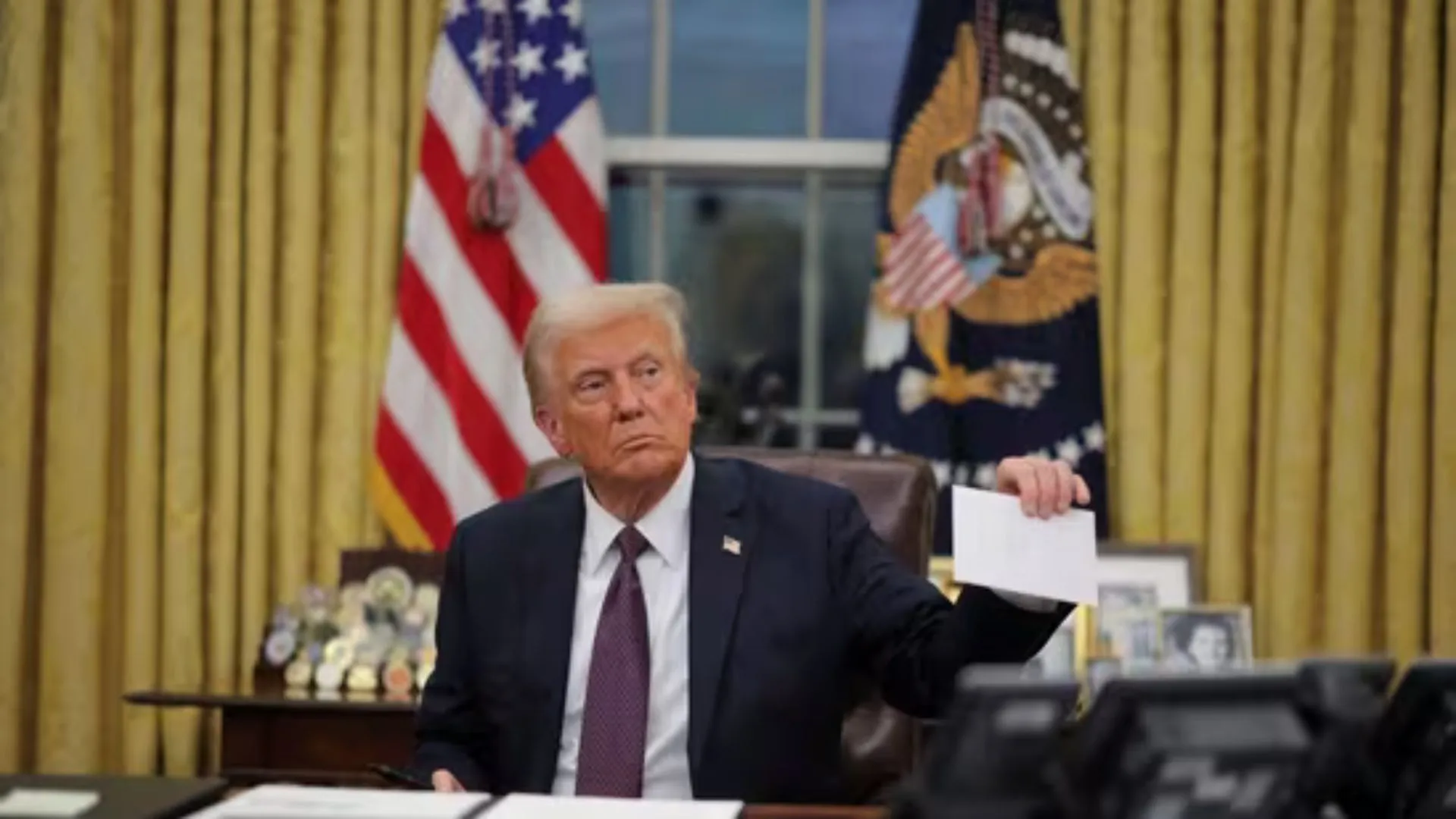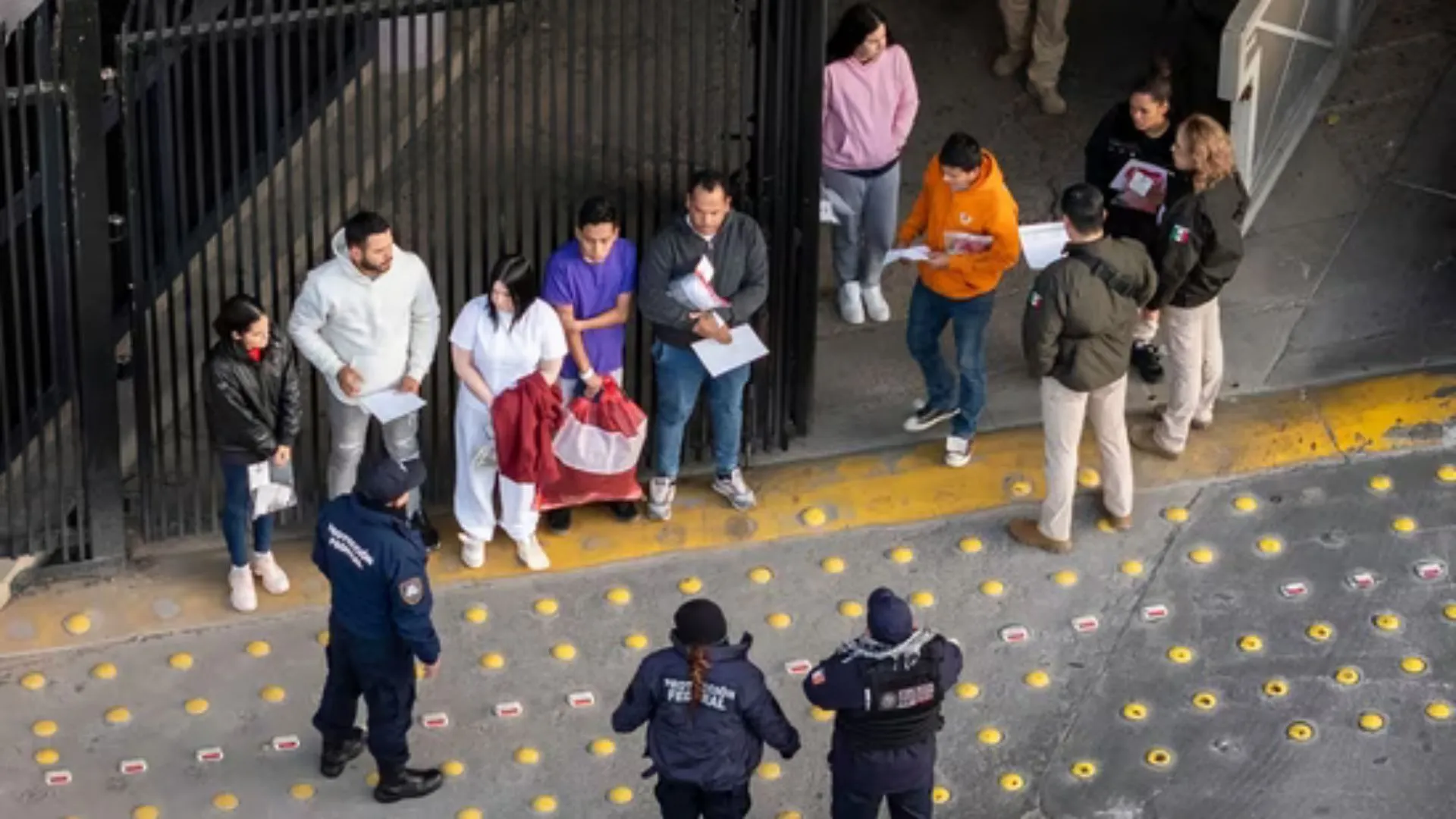It was the first Monday after the Union Budget of 2015, when S M Vijayanand, an IAS officer belonging to Kerala cadre took over as Secretary, Panchayati Raj, Government of India. There was a palpable gloom in the Ministry. The annual allocation of the Ministry had been slashed from over Rs.8,000 crore to just a measly Rs.90 crore, much less than the allocation for Rural Development to most of the districts in the country. More damaging was the spirit behind such a decision; the Ministry of Panchayati Raj was just not wanted, it appeared that the Ministry had no place in the scheme of things for national development.
The Ministry had an outstanding team, strong in experience, stronger in determination to succeed and strongest in its capacity to work as one. Led by Vijayanand, with more than twenty five years of experience in rural development, it was blessed with competent Additional Secretaries, Dr.Reshmi Shukla Sharma and A.K.Goyal . Amongst a committed set of Joint Secretaries were Sarada Muraleedharan, Neerja Sekhar and Sushil Kumar. Rema Hariharan, a senior professional from the National Informatics Centre completed this dream team that was deprived of all resources except their indomitable spirit and professional knowledge.
Monday morning brain storming of all the senior officials of the Ministry, started by the previous Secretary, came handy for freewheeling discussions. In a couple of weeks, the gloom started dissipating as the team realized that as it was not burdened with traditional schemes, it had total freedom as nobody would be asking what they were doing as they were a ‘marginalized’ lot, a rare advantage in a highly-centralized system of governance.
During the Monday morning meetings, it suddenly dawned that, within the next five years along with MGNREGS, Village Panchayats would have a say in planning and spending Rs.4 lakh crore, a whopping sum. Fortunately, the Fifth Finance Commission had stated that grants should flow in a timely fashion, “enabling them to plan and execute the works better”. Thus, local planning was clearly intended. It was decided to use this small opening creatively. The team decided that Government of India should not give any directions, but nothing prevented it from giving professional advice to the State Governments and persuading them to utilize the opportunity to build the capacity of Gram Panchayats to prepare local development plans which later was given the generic name, Gram Panchayat Development Plan (GPDP). Since the Constitution mandated the Panchayats to prepare plans for economic development and social justice and all the States had elaborated it in their State laws, no policy decision was required to prepare local plans. However, the stupendous challenge was to get it done in nearly 2,50,000 Gram Panchayats spread over twenty nine states with wide differences in the roles, responsibilities and powers of panchayats. After hours and hours of productive brain storming, the following plan of action was implemented.
1. GETTING THE OWNERSHIP OF STATES
No letter was written and no directions were given. A meeting of State Secretaries in charge of Panchayati Raj was held and it was unanimously agreed that it would make sense to get Gram Panchayats to prepare a local development plan for the resources over which they had command mostly MGNREGS and FFC Grants. Thereafter, the Secretary visited the States. Interactions were held with Chief Ministers/Ministers. The political policy buy in was easier than anticipated.
2. DEVELOPING THE UNDERSTANDING
In an unusual move, the Secretary made a presentation in each of the State capitals, which was attended by the Secretaries in charge of Rural Development and other officers that included those from the field. The presentations were state specific and gave a possible methodology for local participatory planning and strategies and systems needed to operationalize that. This ensured total clarity and deepened the administrative buy in.
What clinched the issue was a “Write-Shop” held in the Kerala Institute of Local Administration (KILA) at Thrissur in July, 2015. Senior Officers from all the States were persuaded to attend this five-day event. The second day was spent visiting Village Panchayats of Thrissur District in small groups with each group having an expert as mentor. The teams re-assembled on the third day and independently drafted detailed guidelines for Gram Panchayat level planning as implementable in their States – what they could adopt from Kerala, what they could do better and what they couldn’t do. At the end of five days, draft State-specific guidelines were developed after fully understanding the concept of local planning.
3. FOLLOW UP
The understanding attained had to be deepened through rigorous and systematic follow up, simultaneously, across the country. This was achieved through rapid visits to the States by senior officers in quick succession backed up by calls from the Secretary, to the State Secretaries. Teams were set up at the State level to refine the guidelines developed in the “write-shop”.
Another meeting of State Secretaries was held to tie up the loose ends. In this meeting the State Secretaries felt that they require funds for operationalizing GPDP and the analogy of MGNREGS providing 6% for a similar purpose was mentioned. The Ministry of Panchayati Raj worked intensively with the Ministry of Finance. It was a grey area as the FFC and had not mentioned the use of the award for support arrangements. But a positive-thinking bureaucrat, Ajay Narayan Jha who was earlier Secretary, FFC and now Secretary, Expenditure in Finance Ministry, allowed use up to 10% of the funds for support systems and other essential costs involved in preparing plans. However, the expenses had to be incurred only by the Gram Panchayats. This was a big break-through.
4. CAPACITY BUILDING
This was even a greater challenge. The States were guided by the Additional Secretaries and Joint Secretaries to modify their training plan to suit the needs of GPDPA. A National Resource Group was constituted for identifying the best talent from the experienced practitioners within and outside the Government and the States were given the freedom to choose the service of any expert(s) they wanted. UNDP and UNICEF chipped in with their technical assistance.
5. ACTION
Then, the Gram Panchayats started preparing their plans. Within one year, more than 2,40,000, had prepared some sort of their plan for the first time in the history of Panchayati Raj. The quality of plans did require improvement, but it was a giant leap for Panchayati Raj. Vijayanand and his team demonstrated that persuasion and convincing through rational arguments accompanied by easy and friendly behavior resulted in trust and good relationship. As a leader, Vijayanand also established that an ignored set of officials could work as a team and deliver what was probably one of the biggest game changers in decentralization, arguably one of the best exercises of cooperative federalism, done silently, working beneath the radar but with zest and zeal. He and his team made-it-happen.
Anil Swarup has served as the head of the Project Monitoring Group, which is currently under the Prime Minister’s Office. He has also served as Secretary, Ministry of Coal and Secretary, Ministry of School Education.























